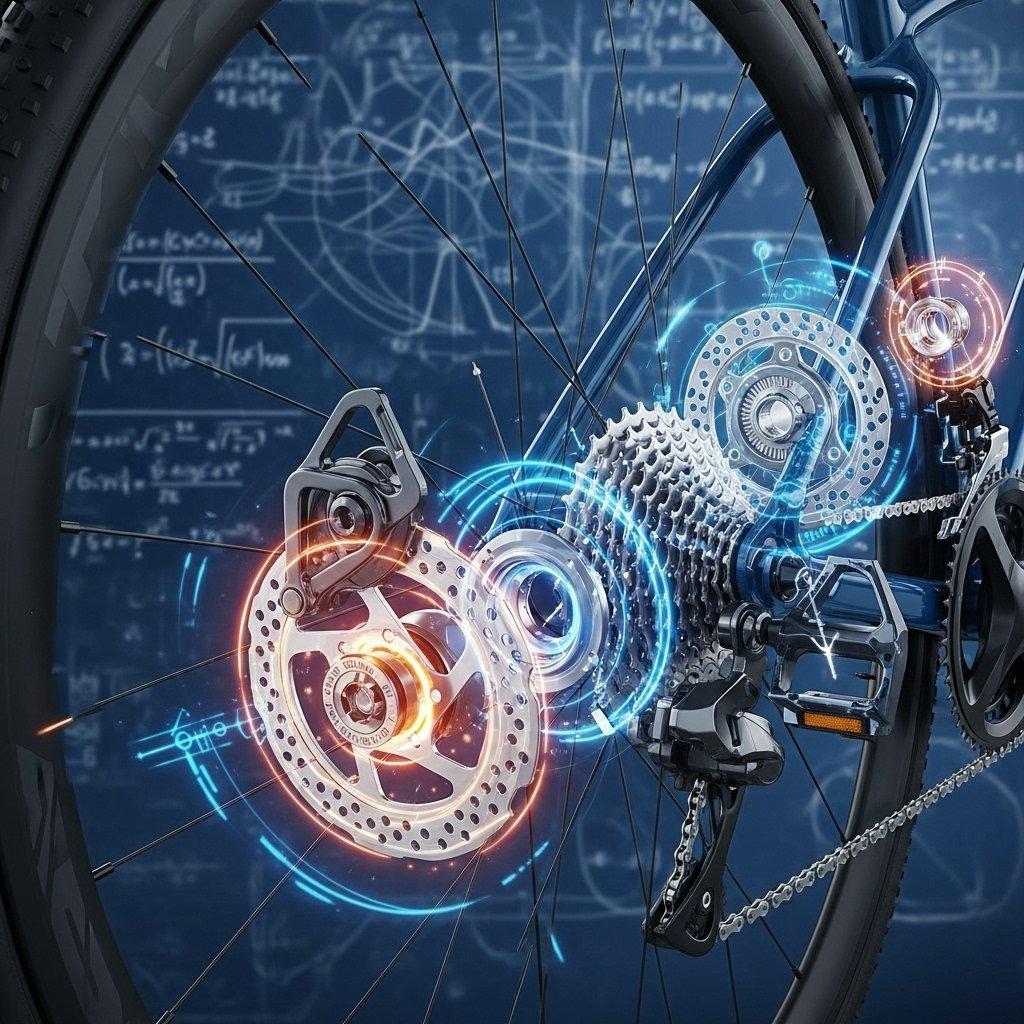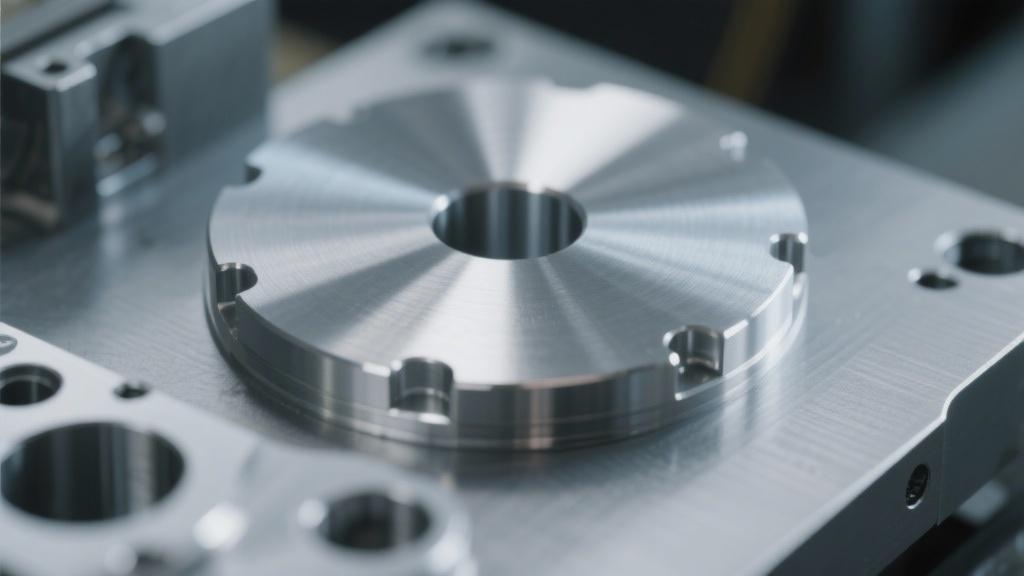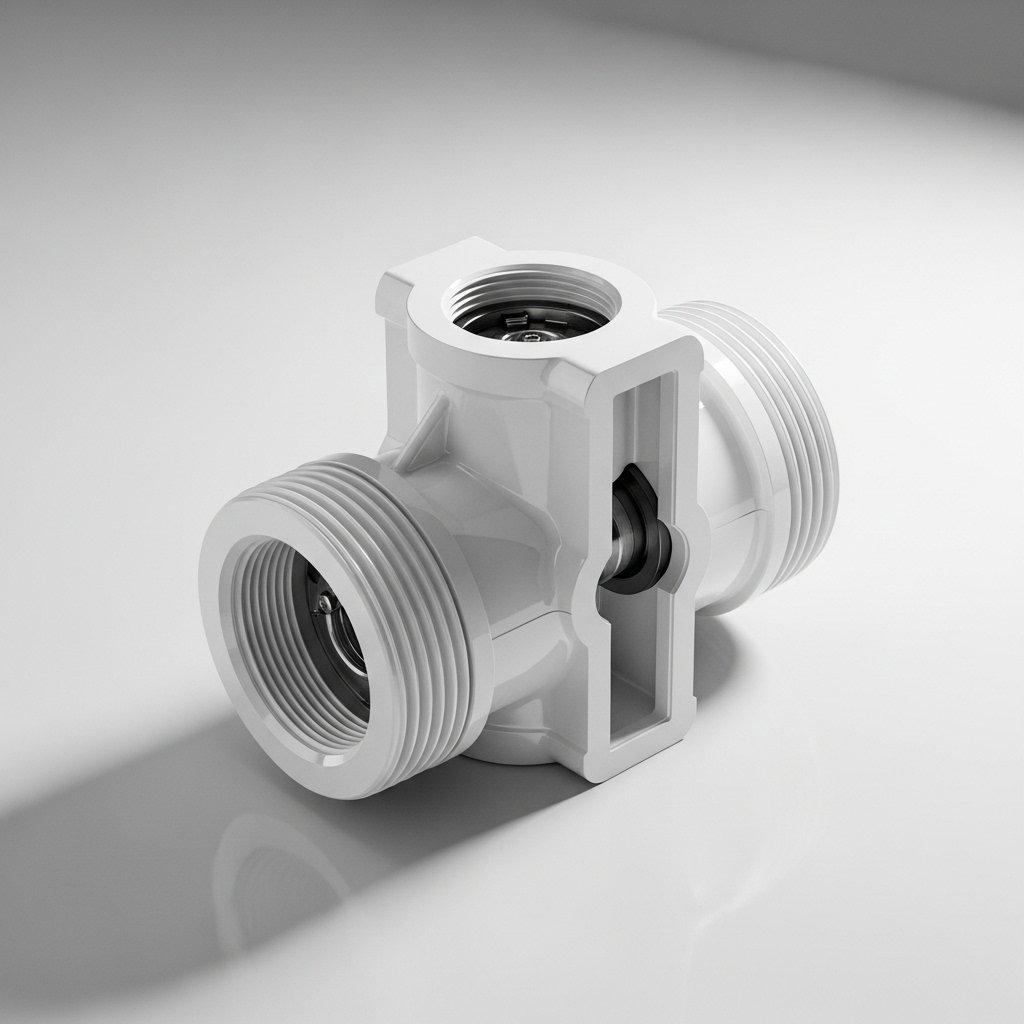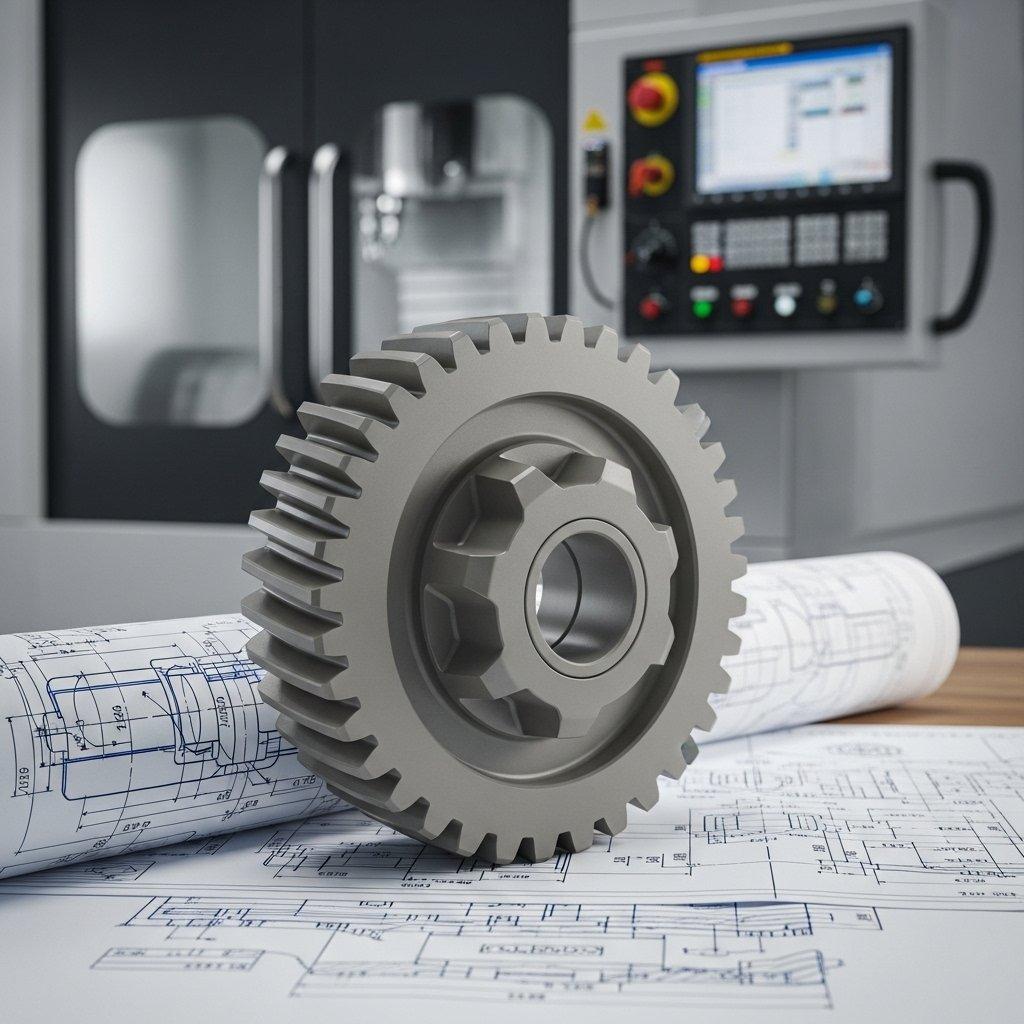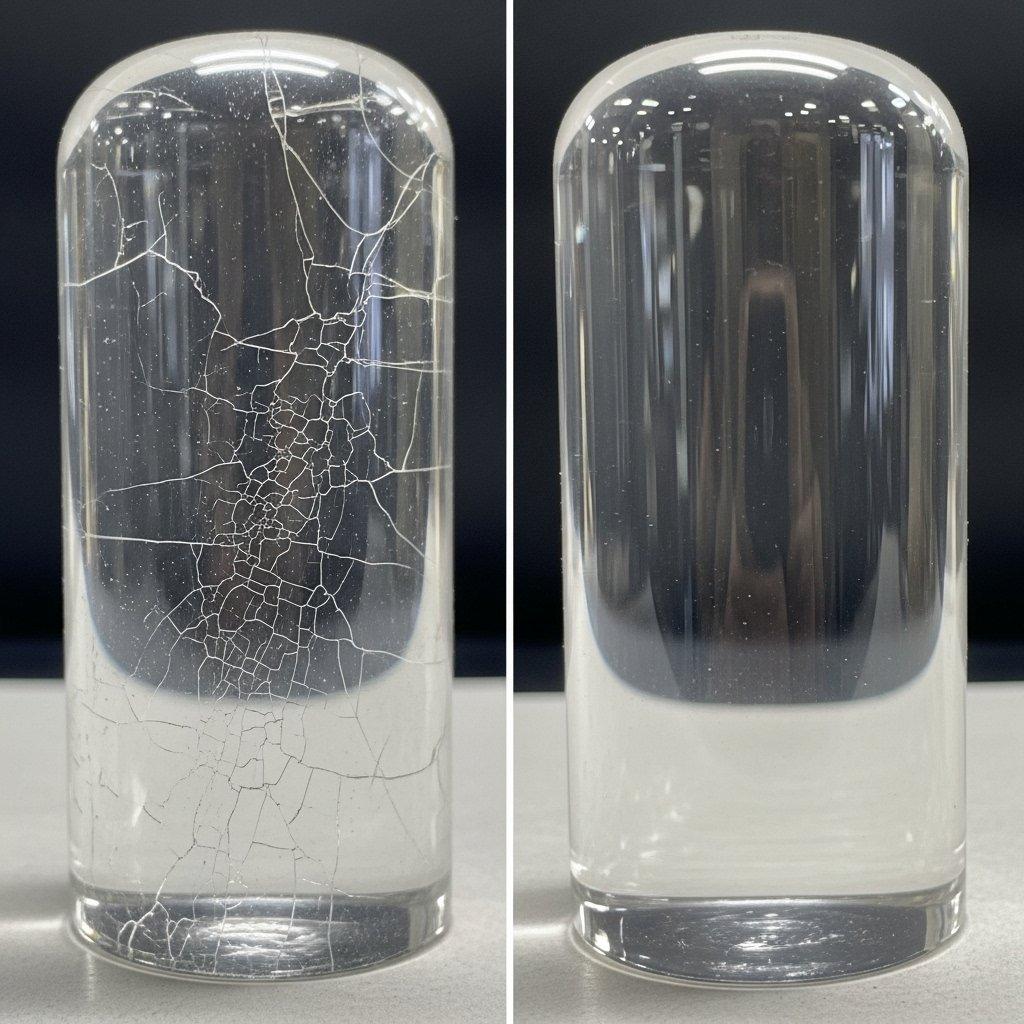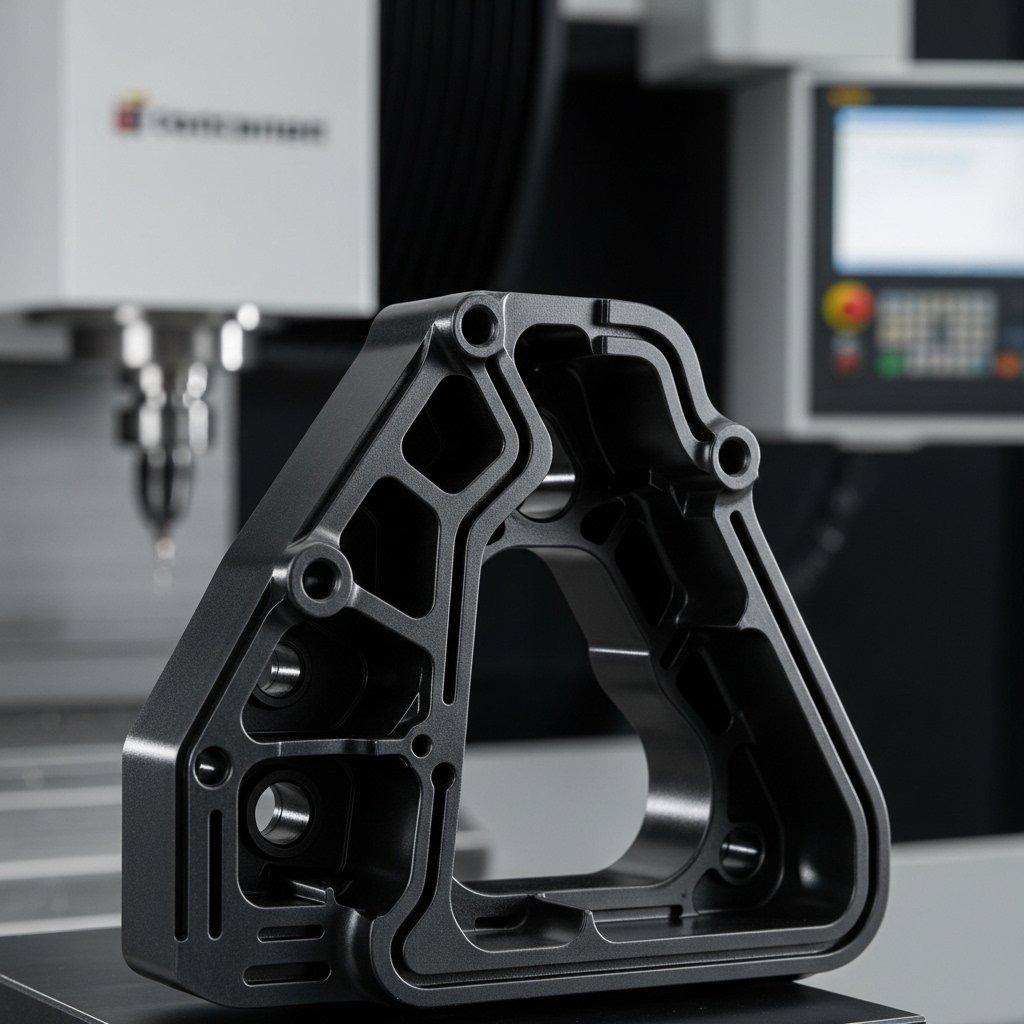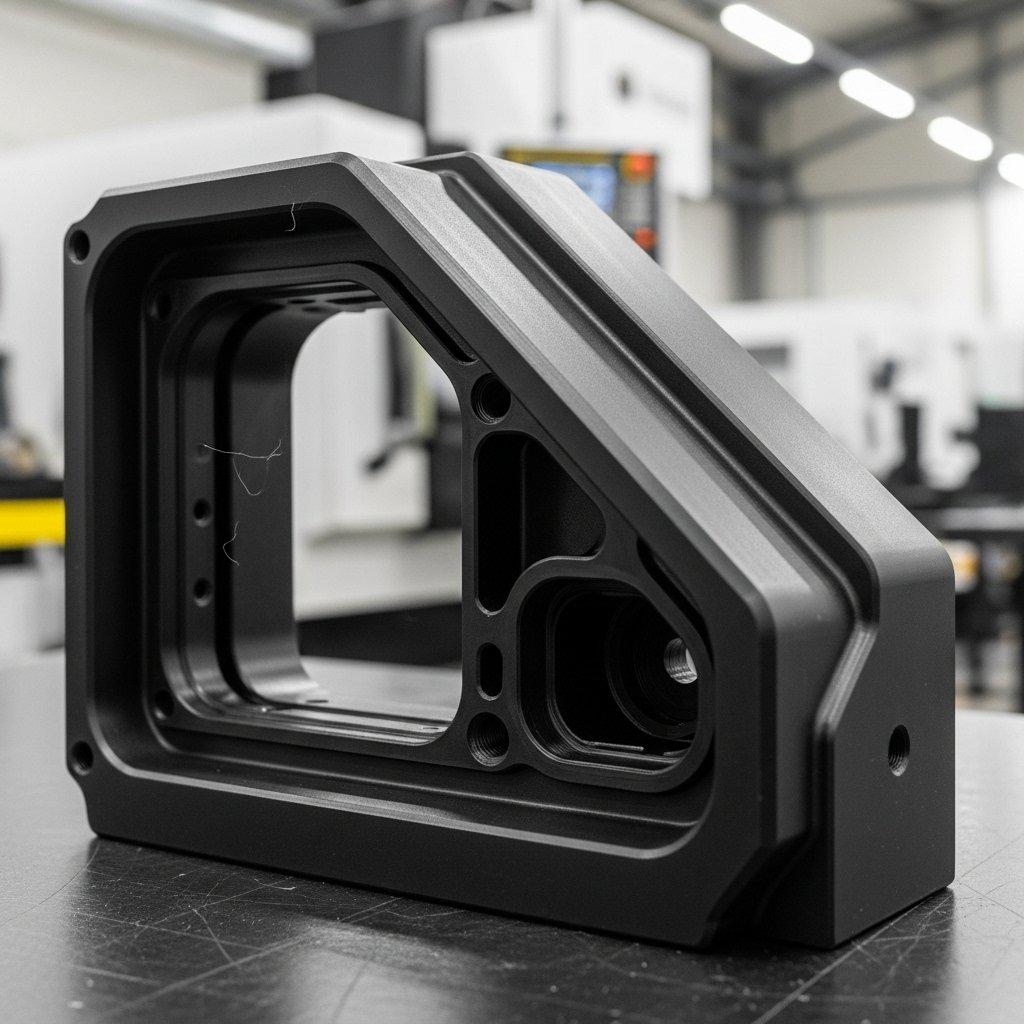From Blueprint to Reality: Complete CNC Machining for Bicycle Parts
From Blueprint to Reality: Complete CNC Machining for Bicycle Parts Read More »
blogThe journey from an intricate bicycle component design to a tangible, high-performance part often presents significant manufacturing challenges. Achieving the exact geometric precision, material integrity, and surface finish demanded by modern bicycle engineering can be […]

